After we played “No Man’s Sky” really intensively this year (and were very disappointed in the end), I didn’t have another space game on my list – until I became aware of “Starfield”. Bethesda is releasing a space adventure game, and God and the world were excited about it; apparently it just passed me by completely. Since it was included in GamePass, we played it right when it was released – and I came to a surprising conclusion. This article contains spoilers!
To describe the game, it’s enough to look at the title: it’s a mix of “No Man’s Sky” and classic Bethesda titles like “Skyrim” or “Fallout”. At its core, it is an action RPG with an extensive story and many, many side quests, many opportunities to explore and even a base building system – but instead of on the post-apocalyptic Earth or on a fictional continent, we move through space.
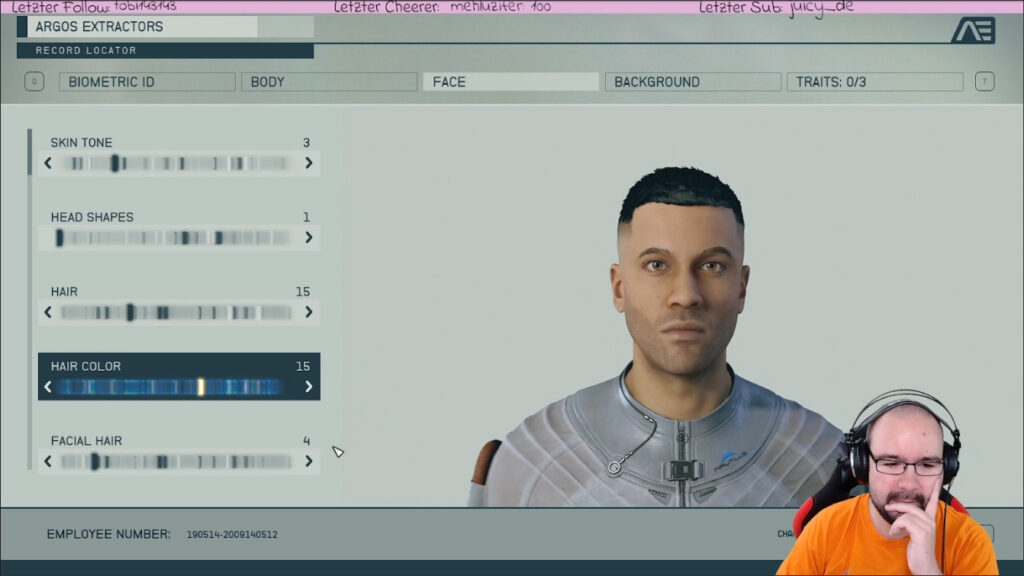
We start in the character editor. I’m actually pretty unemotional about my character’s appearance – it usually comes out as a pretty plain-looking John Doe. I did get lost in some settings, and other players’ creations definitely show what’s possible with it – but it doesn’t particularly appeal to me. However, you definitely have enough options to customize your own face.
And then we get into the actual game: we are a miner on an asteroid who is supposed to mine rare metals there. We learn the basic controls and mechanics of the game in our short career there. After we find a very strange construct that apparently manipulates gravity, we faint – when we wake up again, we meet with the buyer of the strange object and are accepted into his organization – Constellation.

This is all simplified strongly, but in the game it definitely looks and feels like an interesting introduction. We then learn that Constellation is looking for these artifacts like the one we found in all known systems because they hope to find answers to the fundamental questions of the universe, and we are now helping them. The Constellation team not only offers us the source of all the main quests, but also our romance options – we can romance two male and two female NPCs. The exact constellations (get it?) seem to be variable – some NPCs view the relationship more openly, others definitely view it exclusively.
From now on we travel around the settled systems and discover many different planets and worlds that either advance us in the main story, offer us interesting side quests or are simply suitable as a location for a base. The game world is basically as open as in “No Man’s Sky” (even if here are a lot fewer planets that – as far as I know – are not procedurally generated), but the really interesting places are usually only around three to four landing points on every planet and occasionally on a moon.
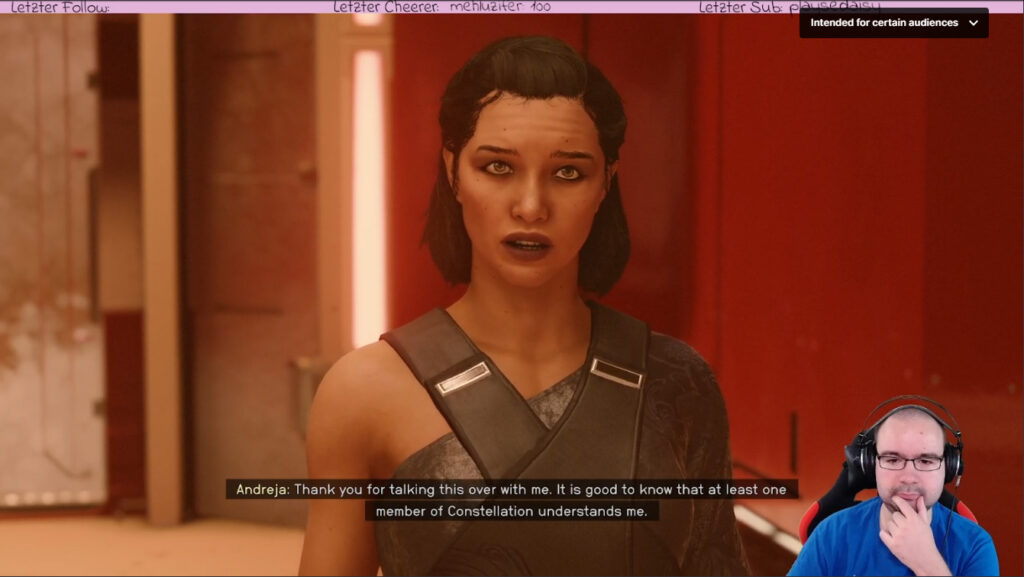
And here we come to the first characteristic of “Starfield”: traveling. While in “No Man’s Sky” you practically always flew yourself (apart from the jumps between systems), “Starfield” relies much more on fast travel. You cannot fly to other planets directly, but use the navigation system to move between and within the systems and to land. The storage medium of the game probably makes a big difference. While it played very smoothly with my NVME, users of an SSD or even HDD seemed to find a loading simulator that significantly dampened the fun of the game.
But once you arrived at a place or a city, you could move around quite freely – as in “Fallout” or “Skyrim”. You could talk to people, trade, take on side missions or commit crimes – the latter of course not without consequences. Each system was controlled by a group to which you had to pay your bounty before you were allowed to walk around freely again – or you could flee to another system if you couldn’t or didn’t want to pay.
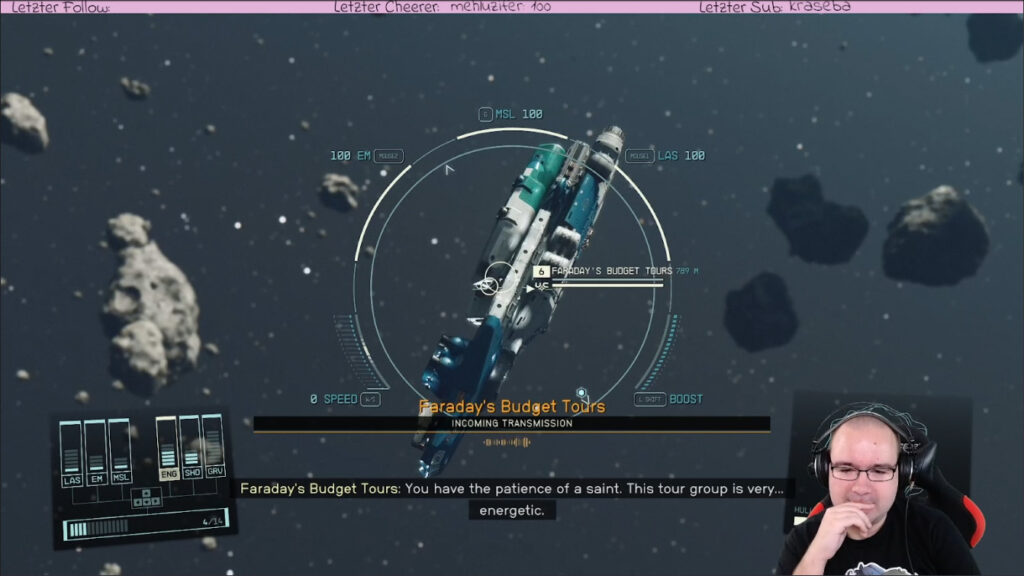
The side missions were definitely one of Starfield’s strengths. In my opinion, Bethesda has always managed to create large worlds in which you can get lost. The planets and living beings in “Starfield” do not appear to be randomly thrown together, but rather well coordinated with each other, as if this system could really exist – the missions built on this well and therefore seemed authentic to the specific world. This made it easy for me to lose myself in it and no longer have any perspective on the time or the actual destination for which I was traveling to a particular planet. The characters and their motivations also convinced me in many places, so here was little need for improvement for me.
Unfortunately, none of my praise can be applied to the main story. Despite the warning above, I want to spoil as little as possible; I have to say it as clear as possible though: the main story sucked, the main missions didn’t necessarily. While there were a lot of missions that were a lot of fun to play and had interesting approaches and ideas, the overarching story makes no sense from start to finish. The gameplay, the setting, the characters (especially Andreja, for those who were there) were very well made and written – but the overall composition was a mess.
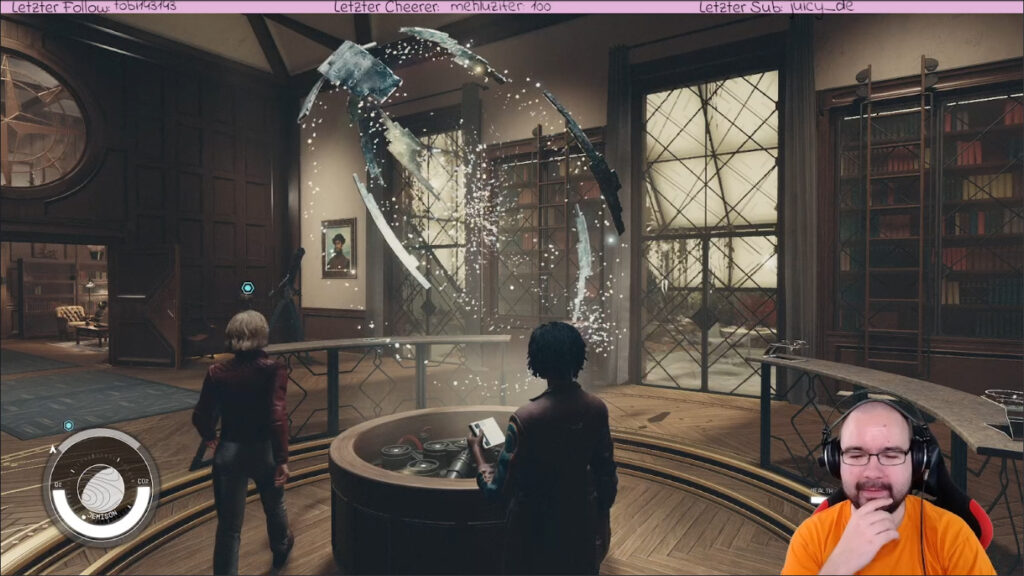
It starts with the story constantly contradicting itself. In the first half hour, it’s not clear how many people will faint when they touch an artifact. First there are a few, then two, then three again, then maybe just me – who knows. It is unclear why visions sometimes appear and sometimes not – there seems to be no obvious reason for this. Constellation has been looking for more artifacts for years, but finds them very slowly – so until my main story starts, then they find one every other day.
I could go on forever – there’s just far too much that doesn’t seem to make sense at first listen, but also a lot that sounds clever but isn’t. This becomes particularly clear towards the end of the main story, with the transition to New Game+. Here I was reminded very negatively of “No Man’s Sky” because at the end they used just such pseudo-philosophical nonsense to hide the fact that they actually had no idea what they were getting at – I found that a great shame.
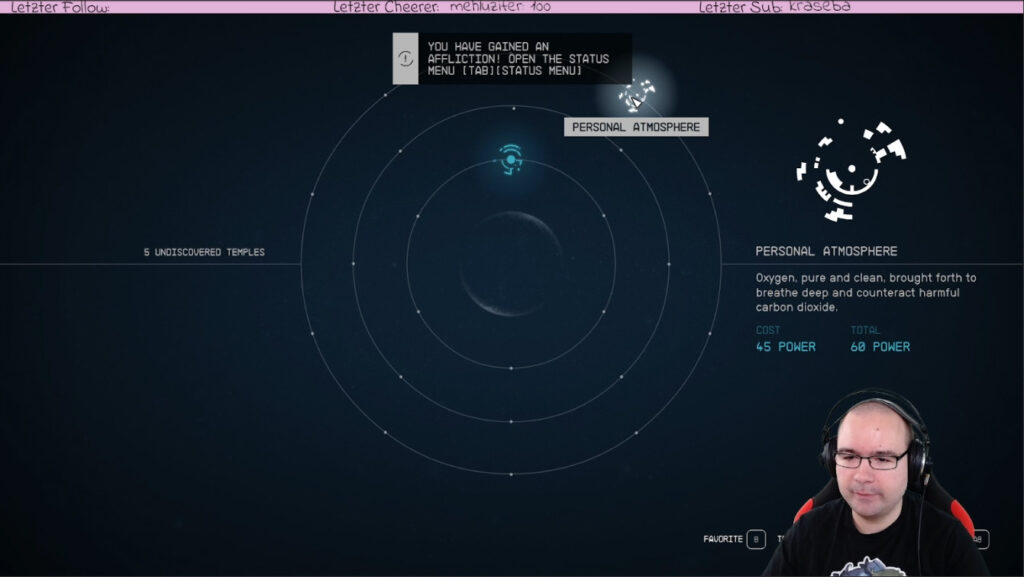
I’m well aware that not every game has to explain every stone and its origin – but for a genre that is definitely science fiction, very little fiction went into it. You simply repeat the same five empty phrases that every amateur philosopher recites from his quote calendar these days in order to appear educated, and call that the profound main story – I was already disappointed with that in “No Man’s Sky”, and I am disappointed here too.
Because of this experience and a few other points that I didn’t particularly like about the NG+, I ended the game here.
Nevertheless, and this may surprise some of you, I come to a positive conclusion: I like the game and I really enjoyed it. I don’t want to say that the game was outstandingly good, it wasn’t; it was above average. Nothing special, but definitely nothing I regret playing.
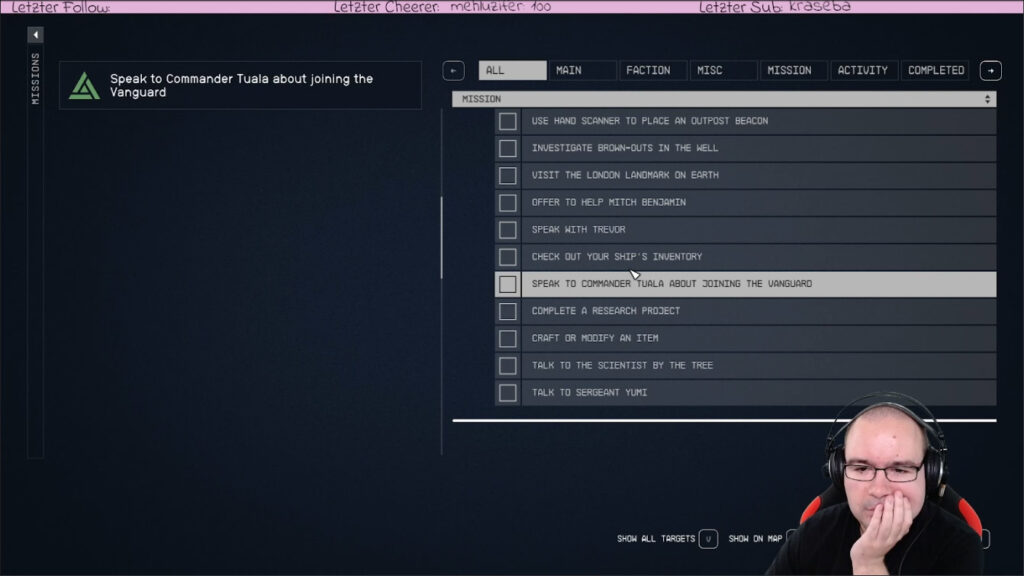
Many of the main missions were fun to play and the side missions were all very well written and executed. Exploration was always worthwhile and fun. For a Bethesda game, and I have to mention this explicitly, it was surprisingly bug-free – we had to reload once or twice, but in general everything was fixed very quickly and endured very well. It’s still far from perfect, but a big step in the right direction.
Two things should be mentioned at this point: firstly, I played “Starfield” very cheaply – it was available as part of GamePass. On the other hand, I wasn’t hyped for the game, I barely had time to be because I only found out about it so lately. I think that both aspects contribute significantly to my surprisingly positive rating. Please keep this in mind when you play it yourself and wonder whether I lost my mind.
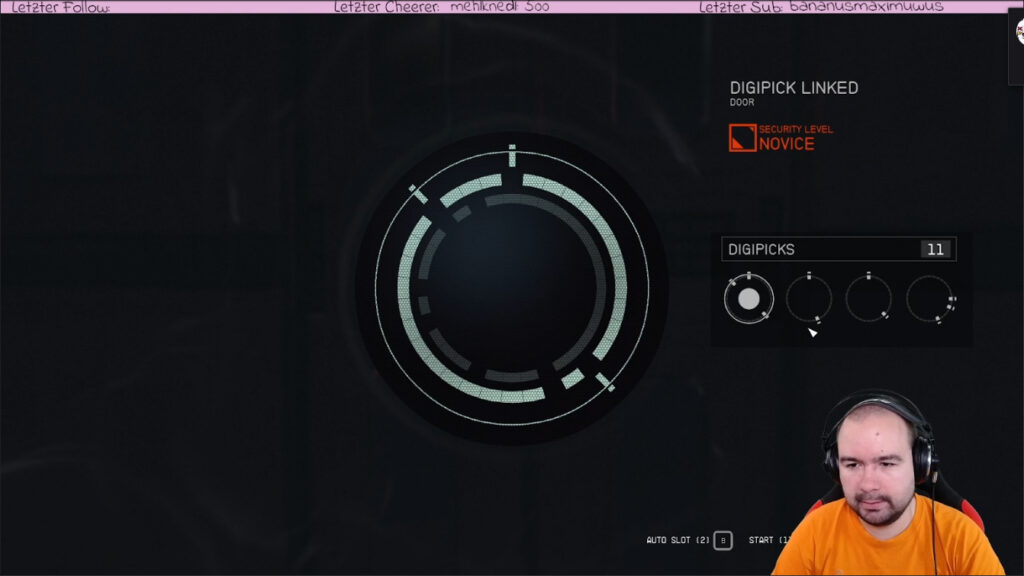
There are many aspects that I have not covered in this article; I could probably fill several books with all of them. I focused on the ones that left the strongest impression on me. If there are others for you, please let me know!
I still need a while to process this game, but I’m glad I played it. What do you think? Was it exciting to watch, did you play it yourself and perhaps have your own opinion about it? How many bugs did you find? Feel free to join the discussion on Discord!